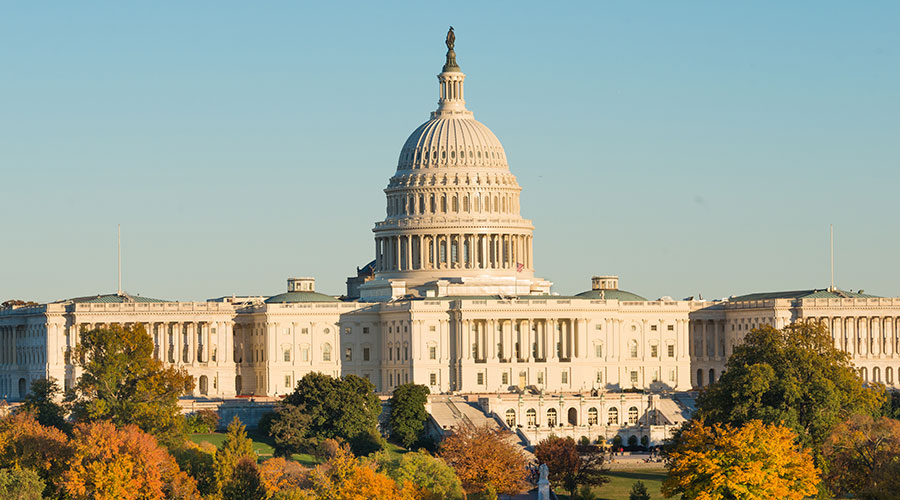Bose: FRA to solicit input on new infrastructure law’s rail funding programs
1/11/2022
By Julie Sneider, Senior Associate Editor
The Federal Railroad Administration (FRA) will hold listening and educational sessions in first-quarter 2022 on the potential impact of the unprecedented level of money designated for the U.S. rail network under the Infrastructure Investment and Jobs Act (IIJA), FRA Deputy Administrator Amit Bose said in a video posted last month on the agency’s website.
The law, which President Biden signed Nov. 15, 2021, will provide $102 billion in rail funding over five years, including $66 billion in advanced appropriations and $36 billion in authorized funding, Bose said.
As part of the funding, the FRA will “greatly expand” existing competitive discretionary grant programs; increase the Consolidated Rail Infrastructure and Safety Improvements (CRISI) grants program by $2 billion a year; and provide $43.5 billion over five years for the expanded Federal-State Partnership for Intercity Passenger Rail Grant program.
In addition, the law will provide $500 million over five years for restoration and enhancement grants, he said.
Moreover, the IIJA calls for funding several new programs. Among them is the Railroad Grade Crossing Elimination Grant program, which is funded at $5.5 billion over five years. The funds can be used for projects designed to improve highway-rail or pathway-rail grade crossings and eliminate high-risk crossings.
According to the FRA, eligible projects include:
- grade separation or closure, including through the use of a bridge, embankment, tunnel or combination;
- track relocation;
- improvement or installation of protective devices, signals, signs or other measures to improve safety related to a separation, closure or track relocate project;
- other means to improve safety if related to the mobility of people and goods at highway-rail grade crossings, including technological solutions; and
- planning, environmental review and design of an eligible project type.
Eligible applicants for the new grade-crossing grant program include states, a political subdivision of a state, a federally recognized Indian tribe; a unit of local government or a group of local governments; a public port authority; or a metropolitan planning organization.
The new law also calls for expansion of eligible applicants to the CRISI grant program to include associations that represent short-line and regional railroads. as well as and projects under the CRISI grant program. The eligibility of projects also has been expanded to include:
- measures that prevent trespassing, and injuries and fatalities associated with trespassing;
- research, development and testing to advance innovative rail projects;
- the preparation of emergency plans for communities through which hazardous materials are transported by rail; and
- rehabilitating, remanufacturing, procuring or overhauling locomotives, provided that such activities result in a significant reduction of emissions.
A general listening session on the IIJA was held last month for state and local elected officials. More focused listening sessions will start in the first quarter.
“FRA also plans to hold educational sessions to provide information on the grant application process,” Bose said in the video. “We especially want to reach those who have never participated in FRA’s prior grant opportunities.”
After comments and input have been collected, FRA officials plan to hold a second round of “outreach,” a process that will occur in the second quarter, he said.
